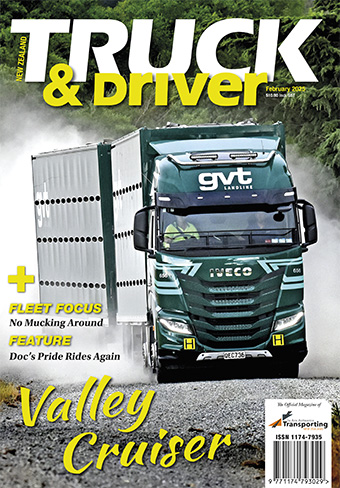
More money needed to build resilience
Posted: 07-Jun-2024 |
Last week we talked about the Budget and we celebrated the news about the government’s plan to invest in roading.
I’ve since had feedback along the lines that our comments were what an industry advocacy group like ours would say, and I was left feeling that there is still a disconnect in the understanding of the level of risk that under-investment in roading exposes us to.
This week we completed NZ Transport Agency Waka Kotahi’s survey about significant vulnerabilities within the national transport network that could disrupt the national freight network. This is part of NZTA’s work to create a more resilient land transport system and, in particular, a system that is adaptable to climate change.
A key outcome of NZTA’s work is the development of a National Resilience Programme Business Case in June 2020 and a database identifying and rating risks to the land transport system. It is not a detailed risk assessment but a practical high-level assessment that enables the agency to prioritise resilience risks and develop response strategies.
NZTA’s work includes the infographic below demonstrating the increasing risk to network accessibility. The coloured circles indicate the level of risk. Green is minor, yellow is moderate, amber is major, and red is extreme. The map on the left is for 2020 and the one on the right is 2050.
Over the next 25 years, the increasing number of red – in other words, the increasing risk to network accessibility – is frightening. It is a stark demonstration of the risk to resilience and why it so important that we can’t keep relying on the network being built and maintained on a like-for-like basis. We need designs and construction that increase resilience.
The Te Ahu a Turanga: Manawatū Tararua Highway, which replaces the old SH3 Manawatū Gorge route and reconnects the Manawatū, Tararua District, Hawke’s Bay, and northern Wairarapa in a safer and more productive way, is one great example.
I would urge those who claim that the transport sector is only advocating for roading because that’s what our members selfishly need for their businesses to be successful, to carefully consider these two points:
First, road transport is merely a service provider. It gets goods from one place to another because someone else needs them. That someone could be here or overseas. The services our members provide are absolutely vital for economic growth. Internationally, there is a strong link between distance travelled by heavy vehicles and GDP.
Second, the value that roading brings by connecting people and communities is just as, if not more important. From the state highways I have seen, typically trucks represent about 1 in 10 vehicles using the network. So, for every truck operator upset or inconvenienced by losing road access, there are 9 other Kiwis facing the same predicament.
The investment this government has recently committed is promising but let’s not underestimate the risk that remains and the reality that even more funding is needed for the sake of our economy and the next generation of Kiwis.
Dom Kalasih, Interim Chief Executive, Ia Ara Aotearoa Transporting NZ




 + EQUIPMENT GUIDE - FREE
+ EQUIPMENT GUIDE - FREE
